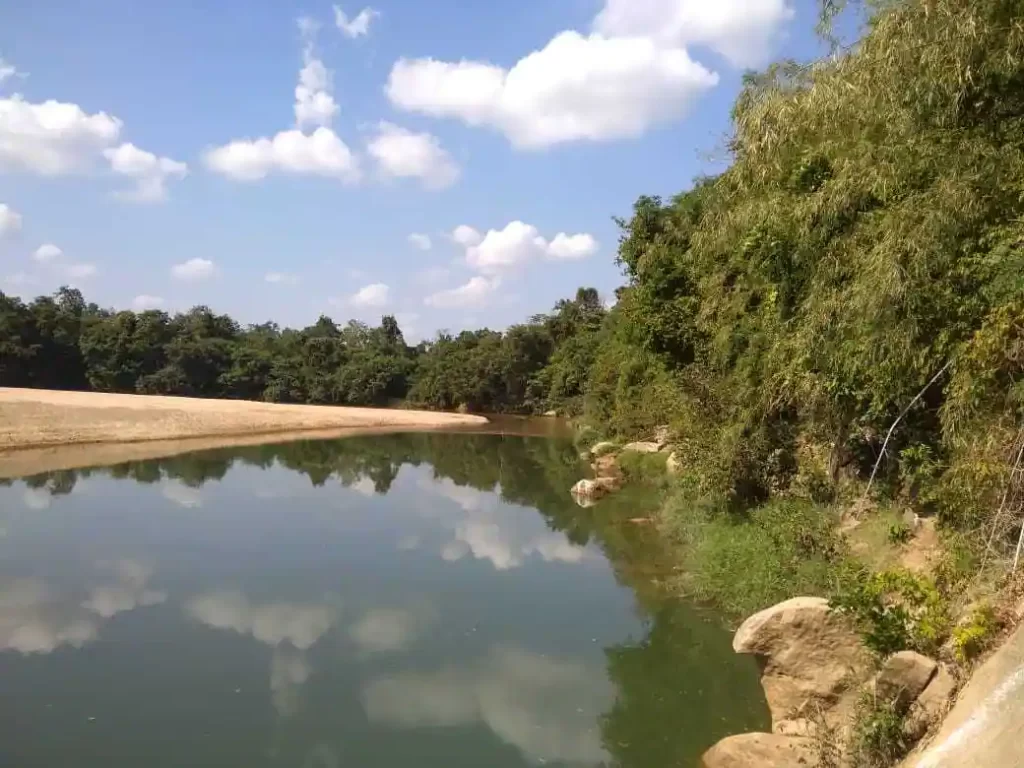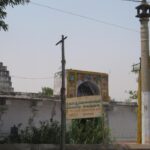Eturnagaram Wildlife Sanctuary is a popular wildlife sanctuary located in the Indian state of Telangana. It is situated in the district of Mulugu, about 110 km from the city of Warangal. The sanctuary covers an area of approximately 806 square kilometers and is home to a diverse range of flora and fauna.
The sanctuary is named after the Eturnagaram village, which is located at its center. The area was declared a wildlife sanctuary in 1952, and it was later designated as a tiger reserve in 2010.
The sanctuary is home to a wide range of wildlife species, including tigers, leopards, sloth bears, gaurs, wild dogs, deer, and several species of birds and reptiles. The sanctuary is also home to several species of endangered flora and fauna, such as the Indian bison, which is locally known as the Gaur.
The sanctuary has several tourist attractions, including the Pakhal Lake, which is a popular spot for boating and birdwatching. The sanctuary also has several trekking trails, which allow visitors to explore its scenic beauty and wildlife.
The best time to visit the Eturnagaram Wildlife Sanctuary is between October and June, when the weather is pleasant and the wildlife is active. The sanctuary can be accessed by road from the nearby cities of Warangal, Hyderabad, and Vijayawada.
History of Eturnagaram Wildlife Sanctuary
The sanctuary was established in 1952 and was declared a wildlife sanctuary in 1957. It was named after the nearby town of Eturnagaram and covers an area of around 812 square kilometers. The sanctuary was initially established to protect the wildlife in the region, which was under threat due to rampant poaching and habitat destruction.
Timings
The sanctuary is open to visitors from 6:00 AM to 6:00 PM every day. The best time to visit is during the winter months of October to February when the weather is pleasant and the wildlife is more active.
Location
Eturnagaram Wildlife Sanctuary is located in the district of Jayashankar Bhupalpally, about 90 km from the city of Warangal. The nearest airport is in Hyderabad, which is about 250 km away. The sanctuary can be easily reached by road, with regular buses and taxis available from Warangal and nearby towns.
How to Reach Eturnagaram Wildlife Sanctuary
By Train: The nearest railway station is in Warangal, which is about 90 km away. From the railway station, you can take a taxi or a bus to the sanctuary.
By Road: Eturnagaram Wildlife Sanctuary is well connected by road to major cities in Telangana and Andhra Pradesh. You can take a bus or hire a taxi from Hyderabad, Vijayawada, or any other nearby town.
Nearest Places to Visit
While you’re in Eturnagaram, there are several other places you can visit to make the most of your trip. Here are some of the nearest places to the sanctuary that you can explore:
- Kaleshwaram: This temple town is located about 80 km from the sanctuary and is known for its ancient Shiva temple.
- Pakhal Lake: This scenic lake is located about 30 km from the sanctuary and is a popular picnic spot.
- Warangal Fort: This ancient fort is located about 100 km from the sanctuary and is a popular tourist attraction in the region.
- Thousand Pillar Temple: This temple is another famous landmark of Warangal, known for its exquisite architecture and intricate carvings.
Conclusion
Overall, the Eturnagaram Wildlife Sanctuary is a significant ecological and cultural landmark in Telangana. Its diverse range of flora and fauna, coupled with its scenic beauty, make it a popular destination for wildlife enthusiasts and nature lovers.
Frequently Asked Questions
Q. Is there an entry fee for Eturnagaram Wildlife Sanctuary?
A. Yes, there is an entry fee of INR 50 per person for Indian nationals and INR 300 per person for foreign nationals.
Q. Are there any restrictions on the activities allowed inside the sanctuary?
A. Visitors are not allowed to bring in any plastic or non-biodegradable items inside the sanctuary. They are also not allowed to smoke, consume alcohol, or play loud music.
Q. Can I stay inside the sanctuary?
A. Yes, there are a few eco-tourism cottages and tents available inside the sanctuary for visitors to stay in. However, prior booking is required, and the availability may



